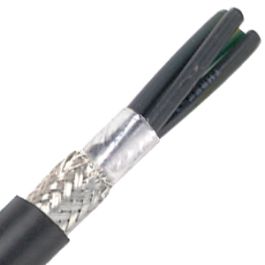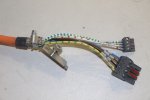I had some questions about interpretations for drain wires in shielded cables. Is it common to use the drain in the control circuit as the ground on the ground terminal? Or should we have a separate conductor as the ground in addition to the drain wire?
What’s the standard method for this in industrial control wiring?
Sent from my iPhone using Tapatalk
What’s the standard method for this in industrial control wiring?
Sent from my iPhone using Tapatalk





